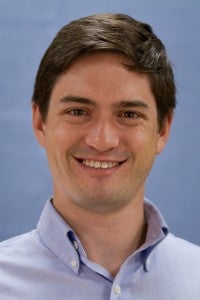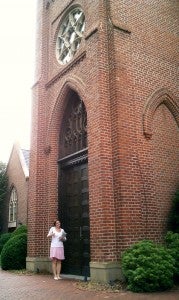 In just the past two weeks there have been some exciting announcements from clean tech businesses across the state:
In just the past two weeks there have been some exciting announcements from clean tech businesses across the state:
Old Dog Learns New Tricks
First up on the list of new TX success stories is actually a company that’s been established in the oil and gas industry for almost 70 years. AETI was founded in Beaumont, TX to provide what they call “power delivery solutions” – basically the electrical products, technologies, and services used to connect power generation sources to the users of that power.
Last Monday, AETI’s Integrated Solar Inversion Station (ISIS™) crossed the final hurdle needed before it can be used by utility-scale solar developers. The ISIS is the first 1000 volt, 1megawatt (MW) solar inverter approved by a certified test laboratory for use with distributed energy resources. AETI is a company that, after 60 years in the oil and gas industry, decided to diversify into renewable energy to grow profits and stabilize their business. To me that sounds a lot like Texas: almost one hundred years after Spindletop, a wind rush started in the state which helped keep electric prices low in the face of rising fossil fuel costs. As their CEO, Charles Dauber wrote in the Houston Chronicle in May: “I believe that just as my company found strength in realizing its role in our nation’s energy future, so too can the state of Texas.”
Industry Leaders Join Pecan Street Project
AETI isn’t alone: Last week the Pecan Street Project announced the formation of its Industry Advisory Council. With such household names as Best Buy, Intel, Sony, LG and Texas Gas Service, the formation of this council shows that industry players across the spectrum want to be involved in a cleaner, more secure energy future. In fact, as these companies will often say, they need to be involved to make sure they stay profitable as the energy industry continues to move in new directions.
Come On In, The Water Is Fine!
Next on the list of exciting announcements (but certainly not least in terms of size) is Baryonyx, a Texas based offshore-wind energy company that took their first step into Texas waters (pardon the pun) by applying for a permit with the U.S. Army Corps of Engineers. Baryonyx is leasing the state-owned sites from Texas’ General Land Office (GLO), providing much needed income for the state’s Permanent School Fund. Earlier this week I had the chance to meet with GLO Commissioner Jerry Patterson who feels confident that Baryonyx will have the first offshore wind farm built in the U.S.
(The Best Kind Of) Leadership Struggle
Finally, followers of Texas clean energy industry have known for some time that Austin isn’t the only town vying for Texas’ clean energy crown and the jobs that come with it. Already the state’s leader in solar with 14 MW and another 30 MW on the way soon, San Antonio recently announced some more great news in the form of not one, not two, but five clean technology companies partnering with the city to bring jobs and clean energy. Not one to sit on the sidelines as the energy industry continues its shift towards clean technology, Houston continues to attract national attention as a growing hub for clean energy.
For old manufacturing companies and the Silicon Valley set, for cities steeped in oil or just looking to attract new jobs, the clean energy economy seems to be the natural choice to grow a business. And Texas, America’s oil and gas capital for the last hundred years, has a chance now to be our clean energy capital as well. Companies like Baryonyx and AETI, and forward-looking city efforts from San Antonio, Houston and Austin’s Pecan Street Project are making sure that Texas is in a position to do just that.
 By: Adam Hart, 2011 Climate Corps Public Sector Fellow at Mecklenburg County, NC; MBA candidate at Kenan-Flagler Business School, University of North Carolina – Chapel Hill
By: Adam Hart, 2011 Climate Corps Public Sector Fellow at Mecklenburg County, NC; MBA candidate at Kenan-Flagler Business School, University of North Carolina – Chapel Hill
 By: Matthew Peck, 2011 Climate Corps Public Sector Fellow at
By: Matthew Peck, 2011 Climate Corps Public Sector Fellow at 

